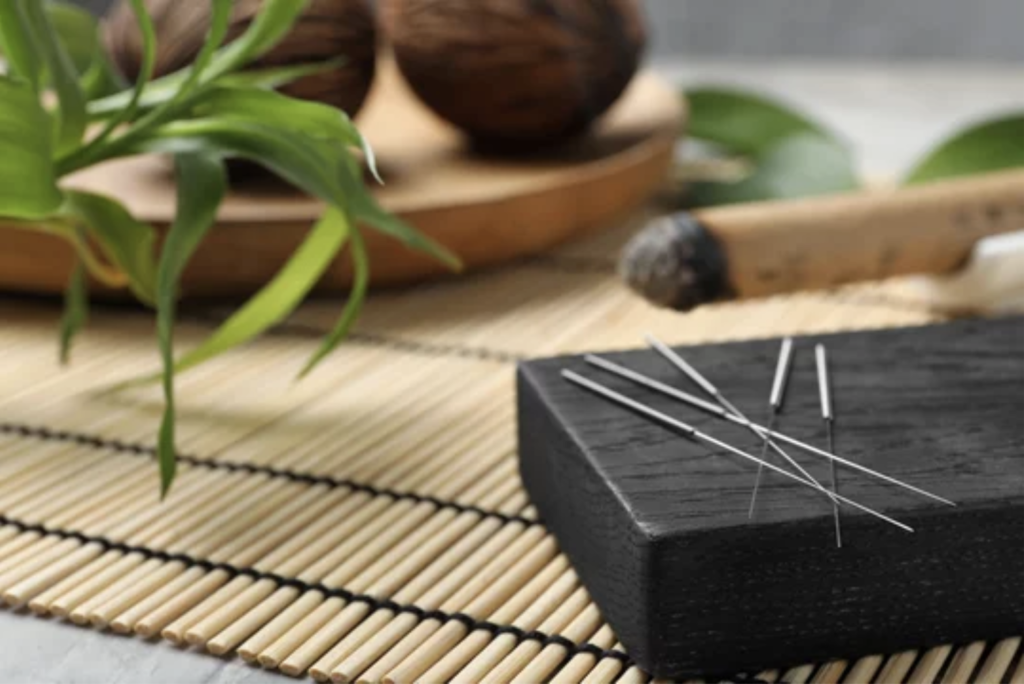
FAQ
Does Acupuncture Work?
Acupuncture is proven to be effective in pain management, as well as in managing symptoms of cancer such as nausea, vomiting, diarrhea, constipation, hot flashes, fatigue, and mood. According to the UC San Diego Center for Integrative Medicine, clinical studies have shown acupuncture to be effective for ailments including allergies, depression, hypertension, tennis elbow, morning sickness, malposition of the fetus, and stroke. According to the National Institute of Health (NIH), acupuncture works particularly effectively for chronic pain, such as back and neck pain, osteoarthritis, knee pain, and headaches. It lessens the frequency and intensity of tension headaches and can also help avoid migraines.
Can I Use Acupuncture in Addition to Other Methods for Reducing Pain?
Pairing acupuncture with other treatments may increase the benefits of both. Acupuncture can be a valuable add-on service to:
-Chiropractic care
-Physical therapy
-Cold laser therapy
It’s important to get a clear diagnosis from your physician before considering acupuncture to make sure this is the right step for you. Ask your physician if he or she supports using acupuncture as part of an integrative treatment plan.
How long does the treatment take?
This initial evaluation may take up to one hour. Subsequent appointments usually take about 30 to 60 minutes. Acupuncture needles are left in place for 20 to 40 minutes. Your acupuncturist will carefully place needles in your skin at pressure points. The necessary pressure points and the number of needles may vary depending on your condition, and they may also differ from session to session. You can speak with your acupuncture provider about how much time to allow for each session. Allow some time before and after the treatment session to change clothing if needed and speak with your therapist about follow-up care.
How often should I have acupuncture treatment?
Upon your first visit, your acupuncture practitioners will recommend a course of treatment based upon their diagnosis. A common treatment plan typically involves one or two treatments a week to start. The total number of treatments will depend on the condition being treated and its severity, but six to eight treatments are common. The infertility support sessions may also be done according to the patient’s menstrual cycle
